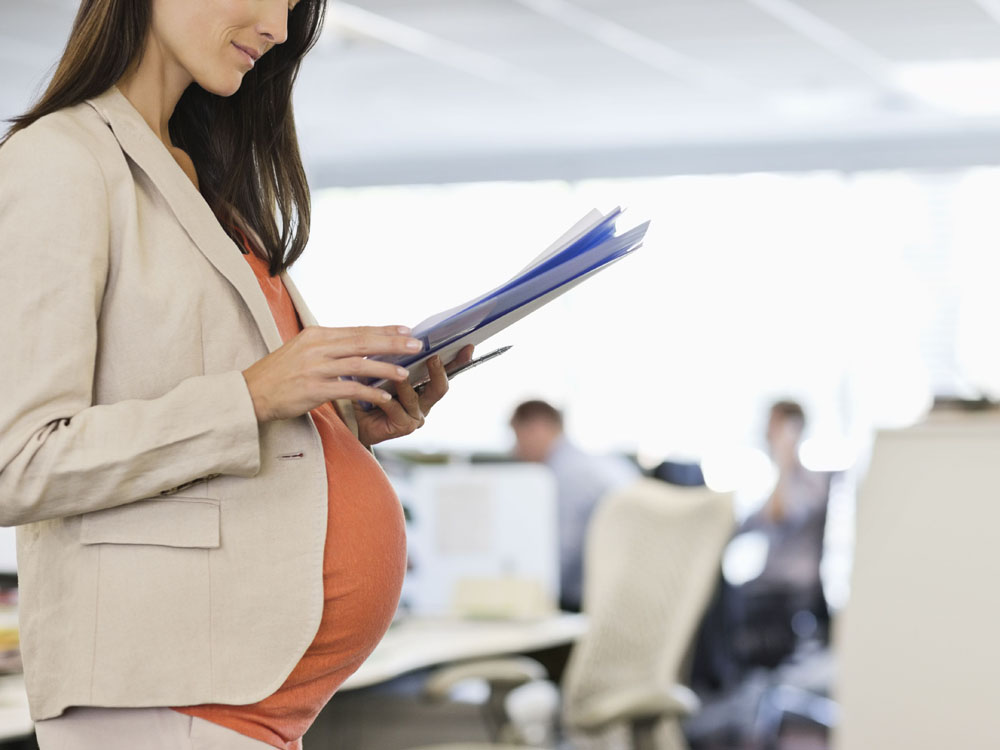
According to the Office for National Statistics, Autumn is the most popular season to give birth, therefore it is important that all expectant mothers are aware of their maternity rights.
Most expectant mothers know that they are entitled to 12 months maternity leave, taking in to consideration their length of service. However, many do not know that they can actually share their time off with their partner, if they wish to do so, in accordance with the shared parental leave regulations.
This is becoming more common, with a 50% rise in women with children who work, and therefore they may want to return to work before the end of the 12 months, which will allow their partner to extend their leave.
Although there are now more women in work, with figures continuing to rise, pregnancy and maternity discrimination is also on the rise. Which comes as a surprise considering employment laws have vastly improved since the introduction of the Equality Act 2010, although the law in relation to maternity is still perceived as complicated for new mums and HR teams in the workplace.
Not many expectant mothers know that during their time on maternity leave they should still be considered for a pay rise, and if they are awarded a pay rise it should be backdated to before the beginning of the maternity leave period.
If a woman earns more than statutory maternity pay (SMP), which is £145.18 a week, her pay rise will not affect salary pay after six weeks of maternity leave, as the amount should be capped at the SMP limit.
Women on maternity leave should be aware that they can still be considered for redundancy, although they cannot be selected because they are on maternity leave, the employer must have a valid reason for redundancy. An employee on maternity leave must be informed of the proposed redundancy without delay and can choose whether or not to discuss the matter with their employer.
Employers should be aware when dealing with selection criteria, that any employee on maternity leave should not be disadvantaged due to their absence, as the employee may not have any recent appraisals or figures to determine their adequacy. Therefore, alternative processes must be implemented in order to make the process fair and avoid any unfair dismissal claims.
As women on maternity leave does have enhanced rights, so it is important that when an employer considers them for redundancy, they must first do their best to find a similar role in the organisation, and if the role matches her qualifications then she should be able to take that role, instead of being made redundant.
Although women on maternity leave are entitled to written reasoning for their dismissal, regardless of whether they have worked for two or more years at the organisation.
However, it is also important that employees on maternity leave should not receive preferential treatment in comparison with other employees, which may result in male employee being dismissed over the woman on maternity, which is based on a situational decision rather than measuring performance.
Both employers and employees should be made aware of the rights of women on maternity leave, in order to maintain a professional relationship, and avoid any potential grievances throughout the 12-month period.




